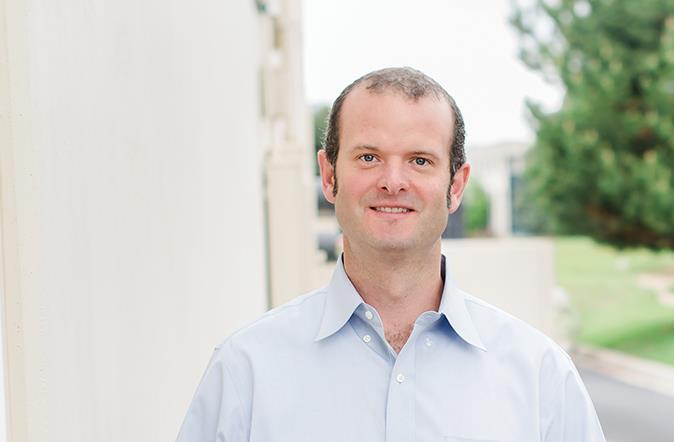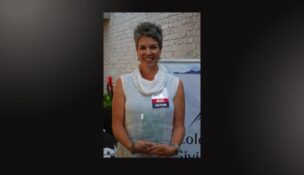Meet a tech startup: BluFlux RF Technologies
It landed a plum gig right off the bat with Google’s Project Soli
Eric Peterson //December 23, 2015//


Meet a tech startup: BluFlux RF Technologies
It landed a plum gig right off the bat with Google’s Project Soli
Eric Peterson //December 23, 2015//
BluFlux RF Technologies
Where: Louisville / Web: www.bluflux.com / founded: 2014
Initial Lightbulb:
At his previous startup, 1OAK Technologies, Ben Wilmhoff learned that testing wireless devices could be a pain point for small companies. Equipment is expensive and you usually have to work with multiple vendors. “We were not designing in the dark, but it still took us $50,000 to get through that process,” he says.
“It dawned on us, this must be a real difficult process for people who don’t have an RF [radio frequency] background,” adds Wilmhoff, who wound down 1OAK to launch BluFlux with 1OAK’s testing equipment. “The equipment is expensive and there’s a learning curve.”
BluFlux landed a plum gig right off the bat to develop the RF sensor for Google’s Project Soli, a radar-based gesture controller that’s small enough to fit in a watch. Says Wilmhoff, now CEO of the seven-employee BluFlux, “What they saw in us was a passion for this technology and how fast we could move.”
In a Nutshell:
BluFlux is providing antenna expertise for next-gen mobile devices. Wilmhoff says customers include mobile phone manufacturers, wearables and products, where “there’s simply not enough space for an antenna.”
“We are realizing the three or four services we offer are really valuable to product developers,” he continues, citing pure test, custom design, both for developers of wearables and “Internet of Things” products.
The company’s RF testing lab is the only such facility in the West outside of California, he adds, and may be the only company offering design, engineering and debugging with its service.
Drew Arnberg, vice president of engineering at Entegra Technologies, maker of the Crossfire Pro tablet in Plano, Texas, says one big antenna manufacturer was looking for “huge volumes” and recommended BluFlux. “We were really struggling getting cellular capabilities locked into the device. When a lot of people said it couldn’t be done, Ben looked at it and said, ‘This is doable,’” Arnberg says.
For its part, the team at BluFlux is also developing its own product in Project Eagle, a real-time location system for firefighters.
The Market:
BluFlux’s target market consists of startups and mid-sized companies “that don’t necessarily have the RF design in-house to guide the testing and certification process,” Wilmhoff says.
The Internet of Things is projected as a $1 trillion market by 2020, as wearables grow to $11 billion, he adds. “There are things out there that we can’t even imagine right now that are going to be connected to the network and we’re going to be there to help them.”
Financing:
BluFlux landed an undisclosed seed investment from Blue Ocean Enterprises in Fort Collins in 2014. cb
























